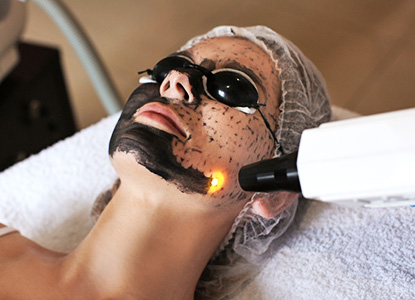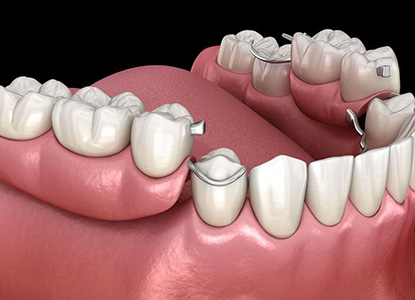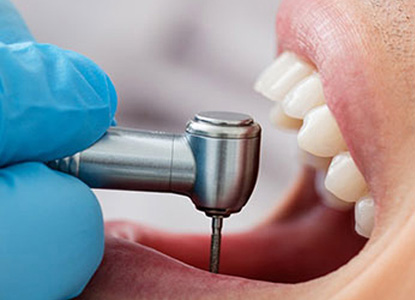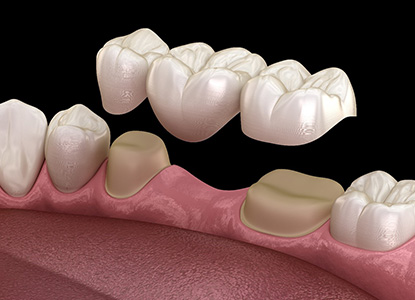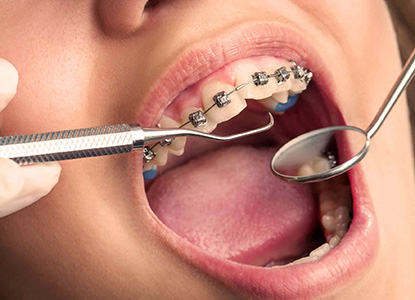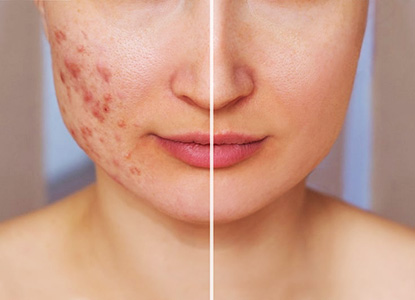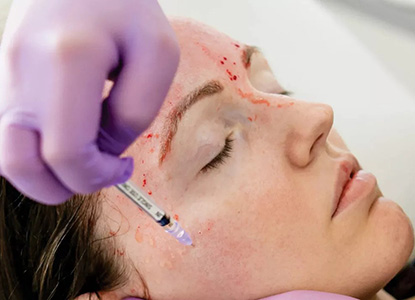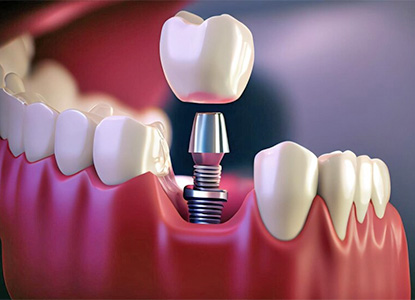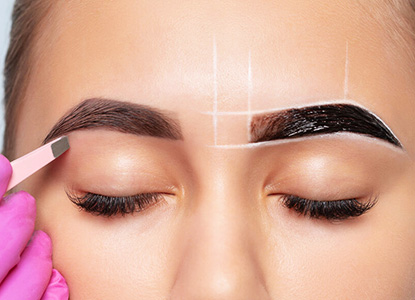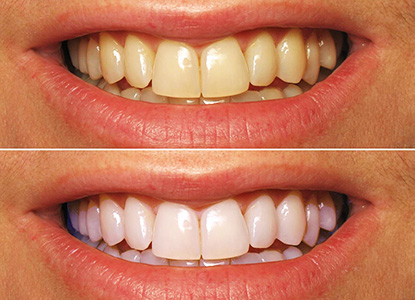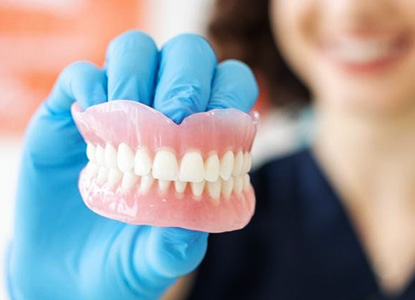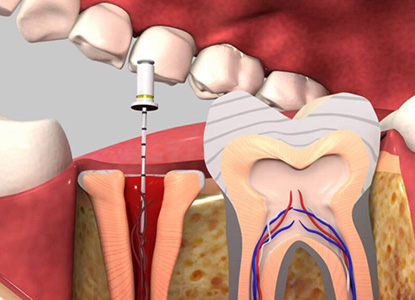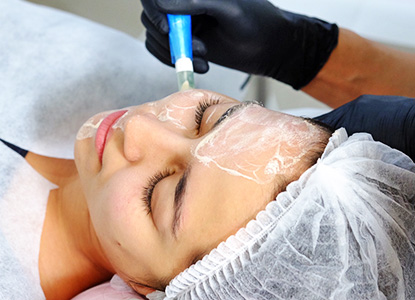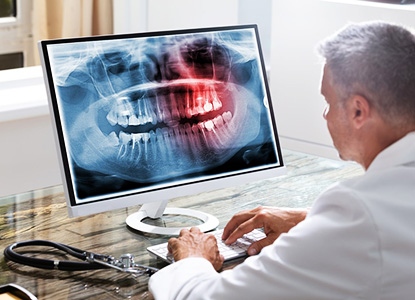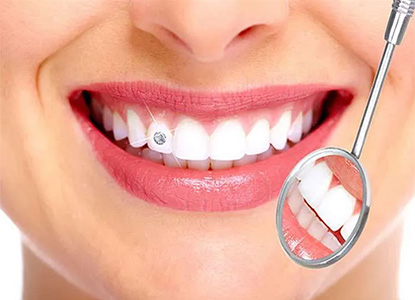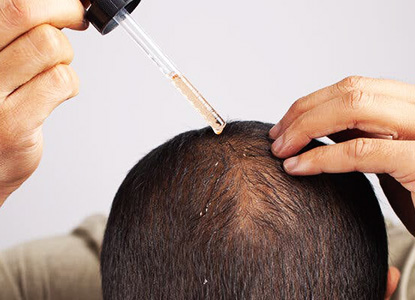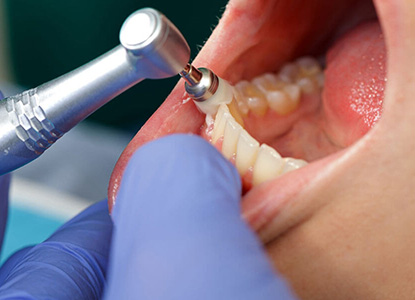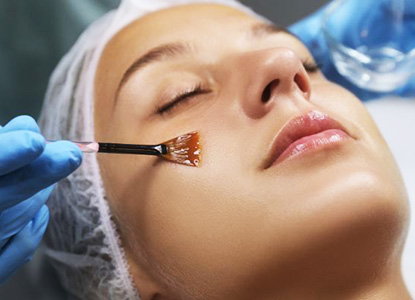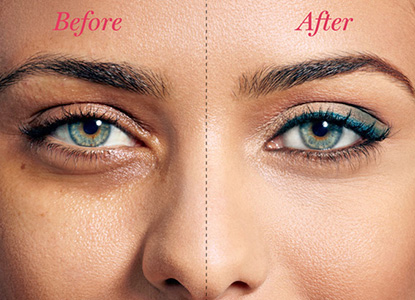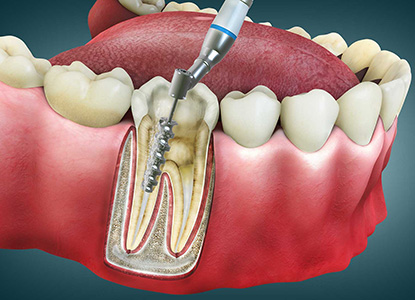
A root canal treatment is a dental procedure designed to save a tooth that has become infected or damaged. This procedure is necessary when bacteria enter the tooth through cracks, chips, or deep cavities, causing infection in the innermost layers. The root canal process at our clinic typically requires two visits for a complete restoration.
During the first visit, the affected area is numbed for your comfort, and any signs of infection are carefully removed. Once the infection is cleared, the inside of the tooth is filled with a biocompatible material, such as gutta-percha, which helps to protect the tooth from future damage and infection.
On your second visit, we complete the root canal by placing a durable crown over the treated tooth. This crown not only restores the tooths appearance but also strengthens it, ensuring long-term functionality.
If you are experiencing tooth pain or suspect infection, our expert team at Wellsmiles Aesthetics, Dwarka, Delhi is here to help you restore your dental health with minimal discomfort and maximum care.
What is Root Canal Treatment (RCT)?
Root Canal Treatment (RCT) is a dental procedure aimed at saving a tooth that is severely infected or damaged. It involves the removal of the infected pulp from the innermost part of the tooth, which consists of nerves and blood vessels. Once the infection is removed, the space is cleaned, disinfected, and filled with a special material to prevent further infection. Finally, the tooth is sealed, and a crown is placed on top to restore its strength and functionality.
Why Have Root Canal Treatment?
Root canal treatment is essential when the pulp of a tooth becomes infected or inflamed due to deep decay, repeated dental procedures, or physical trauma. If left untreated, an infected tooth can lead to serious complications, including abscesses, pain, swelling, and even tooth loss. RCT helps save a damaged or infected tooth, preventing the need for extraction and preserving your natural smile.
When is a Root Canal Needed?
A root canal is needed when the pulp inside the tooth becomes infected or inflamed. Common signs that you may need an RCT include:
- Severe tooth pain, especially when chewing or touching the tooth
- Sensitivity to hot or cold temperatures that lingers even after the stimulus is removed
- Swelling or tenderness in the nearby gums
- Darkening of the tooth
- A persistent pimple on the gums (which may indicate an abscess)
If you experience any of these symptoms, it is essential to consult a dentist promptly to avoid further damage and to determine if a root canal is necessary.
Steps in a Root Canal Treatment
Initial Consultation and Diagnosis
Your dentist will examine your tooth, take X-rays, and assess the extent of the infection or damage. Based on the findings, the dentist will confirm if a root canal is required.Numbing the Area
Before the procedure, the area around the affected tooth is numbed with a local anesthetic to ensure you are comfortable and pain-free throughout the treatment.Removing the Infected Pulp
The dentist will create a small opening in the crown of the tooth and carefully remove the infected pulp, which contains nerves, blood vessels, and bacteria. The tooth is thoroughly cleaned and disinfected to eliminate any remaining bacteria.Shaping and Filling the Root Canals
Once the pulp is removed and the tooth is cleaned, the root canals are shaped and prepared to be filled. The cleaned canals are filled with a biocompatible material called gutta-percha, which seals the space and prevents further infection.Sealing the Tooth
After the canals are filled, the opening in the tooth is sealed with a temporary or permanent filling to protect the treated area.Placing a Crown
In most cases, a crown is placed on the tooth to restore its strength and functionality. The crown also ensures that the tooth blends in with the rest of your smile. The final crown will be custom-made to fit your tooth and provide long-term protection.


